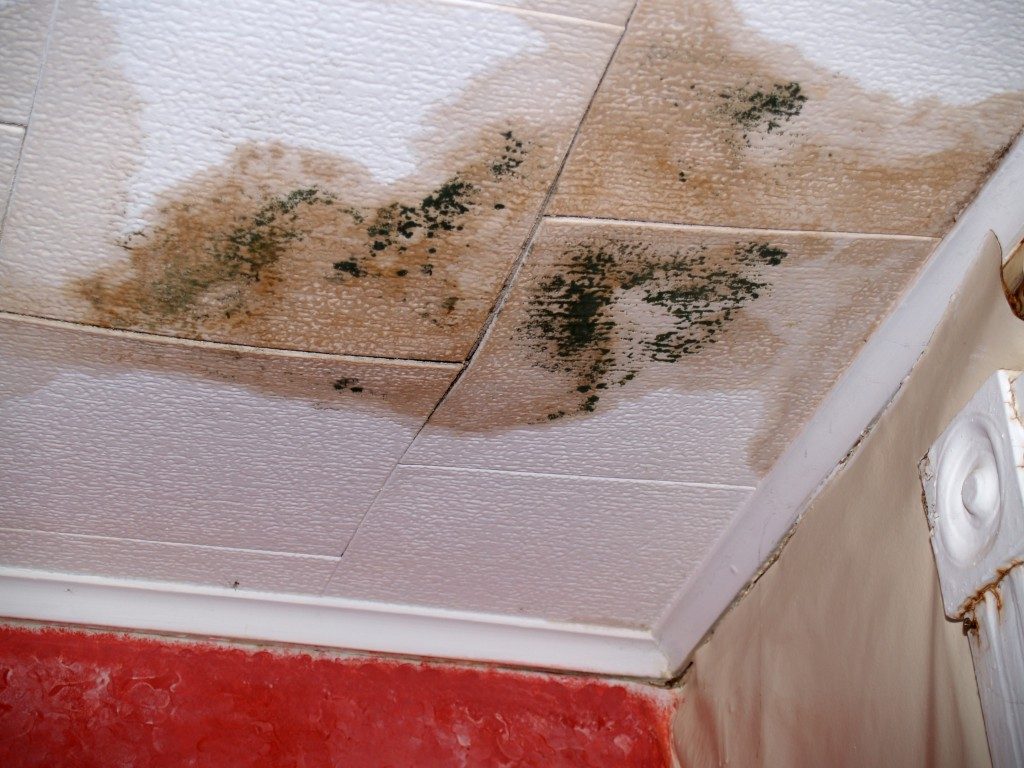Since ancient times, people have been employing various methods to improve the sturdiness of their dwellings, from strengthening raw materials to adding fortresses for warfare. Nowadays, people utilise more modern tactics to ensure that their homes are ready to face damaging environmental factors and combat the natural effects of wear and tear.
If you want to make your house look aesthetically pleasing and more durable, it’s highly important that you prioritise the surfaces in the interiors of your home. Surfaces like walls and ceilings are immune to cracking and discolouration. Furthermore, they are exposed to shifting temperature, moisture, and incidents like chemical leaks and spills. Thus, you must exert effort into keeping them well-maintained and protected.
If you are looking into ways to fortify your walls and ceilings, here are three popular ways to do so:
Dry Lining
Dry lining or drywalling is a process evening out the texture and improving the durability of walls and ceilings by cladding them. In addition, dry-lined surfaces intensify inner thermal insulation, consequently preventing condensation during seasons that are dry and humid. This is especially helpful in preserving the conditions of your home’s surfaces considering that extreme temperatures, vaporisation, and humidity can lead to cracks and small damages that tend to worsen over time.
Finished Plywood
 As an alternative to dry lining, you can opt for the installation of finished plywood. You can choose from a variety of plywood grades and finishes. Accordingly, it’s best to go for plywood with a veneer finish as they bring a lot to the table in terms of beautifying interior applications. A particular example is Russian birch plywood, which have superior screw holding, improved stability, a thicker veneer, and an attractive appearance.
As an alternative to dry lining, you can opt for the installation of finished plywood. You can choose from a variety of plywood grades and finishes. Accordingly, it’s best to go for plywood with a veneer finish as they bring a lot to the table in terms of beautifying interior applications. A particular example is Russian birch plywood, which have superior screw holding, improved stability, a thicker veneer, and an attractive appearance.
Installing finished plywood as a wall material can be done in two ways: removing the existing wall material and nailing the plywood directly to the wall studs, or installing it over the existing material. The latter is more time-efficient and cost-effective.
Finished plywood also works in giving a new look to ceilings. Like how the installation is done with walls, you can either remove the current ceiling material or simply directly install the plywood over the old ceiling.
However, don’t select plywood when you are redoing a wall or ceiling in an area that’s highly exposed to water, such as in a bathroom or kitchen as humidity levels can harm the plywood.
Chemical Resistant Coatings
Now, if you have concrete walls and ceiling, it’s suggested that you apply chemical resistant coatings so they can repel alkalis and acids that can potentially cause corrosion, erosion, cracking and disintegration of the material.
Employ the services of a professional to reconfigure the surfaces of your concrete walls or ceilings with a mortar that’s specially designed to resist sulphate — a chemical component known to attack concrete. To end the process, an epoxy resin-based protective coating may also be applied over the surfaces. You can also have the surfaces repainted or stained for maximum durability and an enhanced look.
‘Prevention is better than cure.’ This old adage accurately applies to the maintenance of your house. By strengthening the surfaces of your home, you can be saved from future damages that may require huge sums of money to be restored and repaired. If you want to explore more options on different methods and types of materials for various areas of your house, it will be beneficial to consult a professional.
